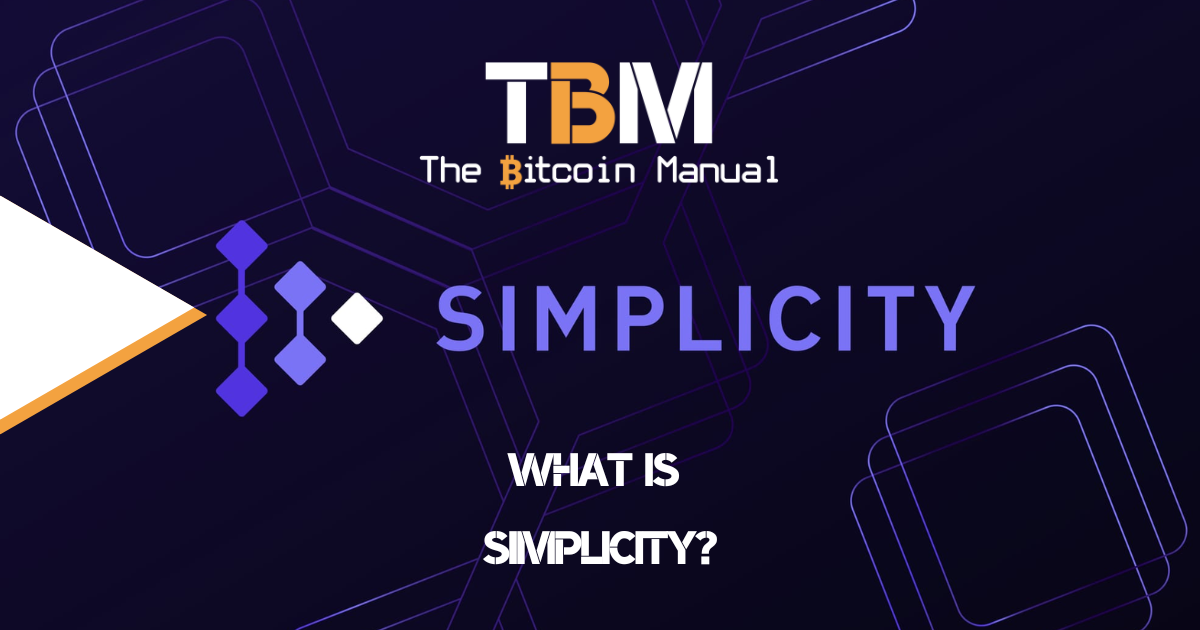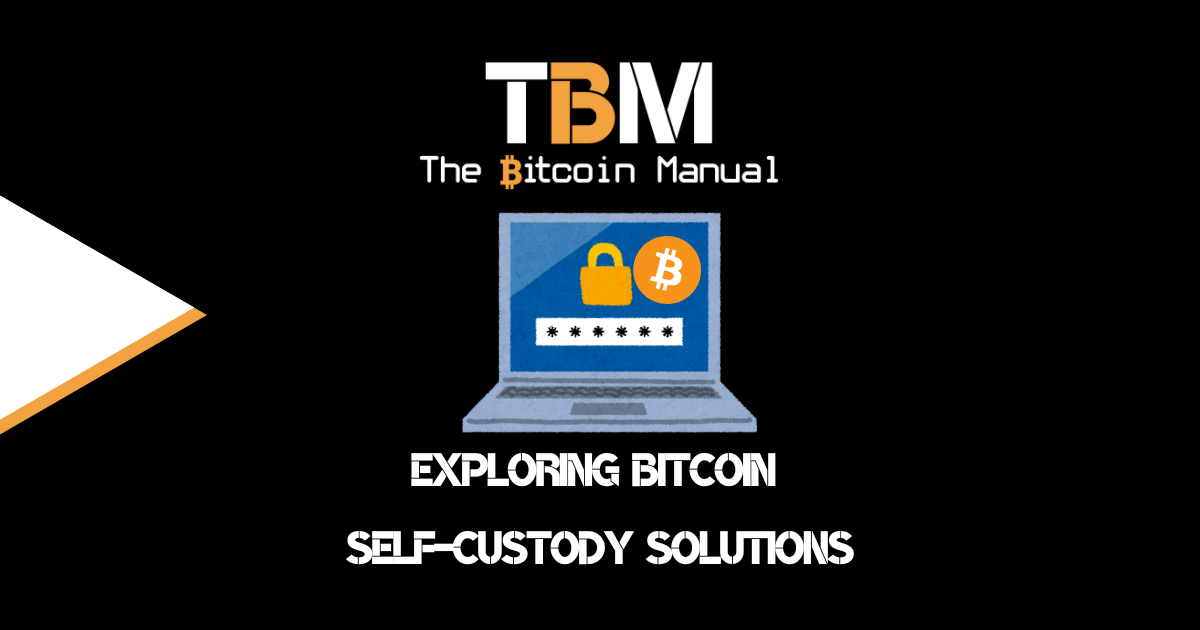So my mum recently got her first cold storage device and asked me to take her through the process, one I think she’s not fully ready for, nor does she fully understand the gravity of the task she is undertaking. I helped her set up the wallet, and I told her not to transfer her Bitcoin yet.
She still needs a few test runs of accessing her wallet and generating public keys before I think it would be safe to move her Bitcoin to cold storage. I had not set up a wallet in some time, and it got me thinking about my security practices.
I’ve let my guard down as I automated my stacking and don’t give it too much thought, which is not in keeping with the ethos of Bitcoin. You should never run your Bitcoin practices on trust and should always verify everything you do.
We are creatures of comfort, and it can be easy to slip into certain habits; I know I am guilty of it. Comfort will always come at a cost, and when it comes at the expense of your Bitcoin, that’s a hefty price to pay.
For example, you don’t want to be focusing on stacking and then find out you’re sending funds to a wallet you cannot access. So like you make the acquisition of Bitocin part of your regular life, you also need to make the security of your Bitcoin part of your everyday life.
Note: If you’re new to Bitcoin, you may want to check out our security checklist first and make sure you’ve knocked out all the steps, and if you have, then Bitcoin security Maintainance we go through below should be next on your list. We recommend you save or bookmark this article, so you always have these steps available.
Check your keys.
The most important thing you will never own in your life is your private keys, and you should treat them accordingly. Your private keys are your claim to the Bitcoin on the blockchain, and without it, you have no way to prove you own that Bitcoin and worse, you have no way to access it. Additionally, if anyone were to access these keys, they would have free range on your account, so they not only need to be handled with care but only handled by you.
If your keys are still in paper format, make sure that the ink on the original or copy has not faded. If it has, make sure you create legible copies you can read and store long term.
If you have a more robust seed device, make sure your physical key to access the storage device works so you can view the engravings on the plate.
Restore your wallet.
You never want to send Bitcoin to a wallet and find out you don’t have access to it. To ensure that the keys you have on record can be restored, but you DON’T want to restore your wallet’s offline/cold keys using a hot wallet if you can help it.
Ideally, you want to restore your wallet on another cold wallet device or use a Raspberry Pi. Once restored, check the public keys the wallet generates and confirm it’s the same as the public keys you’ve used in the past.
Once you’ve done that, you can go ahead and clean the device, so you don’t have too many access points to one wallet.
Check your wallet device.
Your hardware wallet is not a foolproof device, it can be damaged, and you should always check if it can be turned on and accessed. If your wallet is alive, and that’s great. If not, you may need to consider migrating your wallet.
You can use your private keys to restore the wallet to a new device or access your wallet using a software wallet in the meantime. You can then move it to a new cold device that generates keys offline and store your new keys somewhere safe.
You may also want to consider destroying the old wallet if it can no longer be used.
Check all your public addresses.
Once you have access to your device, note all the public keys you’ve generated, the balances and transactions tied to that public address. You want to ensure you limit the footprint you have on every public address you have created.
If possible, always try to generate a new address to keep your balances separate and never showcase your total holdings to anyone. Reusing an address may be convenient, but it does mean you could give up some privacy regarding your holdings.
As Bitcoin appreciates, you wouldn’t want people to view how much value you hold in total on BTC, would you? So take note of the balances on each public address and generate new public addresses you can use to transfer in the future.
Update your wallets software.
Depending on your wallet provider, they may release regular updates to the software you use to interact with the device. Make sure you’re downloading the code from a reputable/official source and check release notes before downloading as well as official communication from the provider.
It’s always a good rule of thumb to update to the latest software but never take for granted the idea that there could be new vulnerabilities or room for mistakes. Make sure all software you use has been confirmed by the community if it’s FOSS (FREE, open-source software).
Update your node software.
If you’re running a node and agree with the latest changes on your preffered client, it would help if you considered updating to the newest update. If you disagree with that client’s update, you may want to update your node and run a client you feel more comfortable using and sync your updated node.
Safety isn’t a one-off.
If you consider all the tasks you should be running through regularly, It’s a stark reminder that the fight to maintain your sovereignty and protect your wealth is a continuous process. You can never let your guard down, and you can never think you’ve done all there is to do to secure your funds.
You may not realise it now, but the sats you have could be worth a substantial amount of purchasing power in the future and should be treated with the same care.
Take care of your Bitcoin, and your Bitcoin will take care of you!





One Response
A beautiful follow up to your first checklist – definitely good practice to remember how to recover your wallet should the worse happen! The only thing I’d add would also have your BTC spread across a few accounts/hardware wallets so that if the worst case scenario happens of losing your private keys, you haven’t lost absolutely everything.